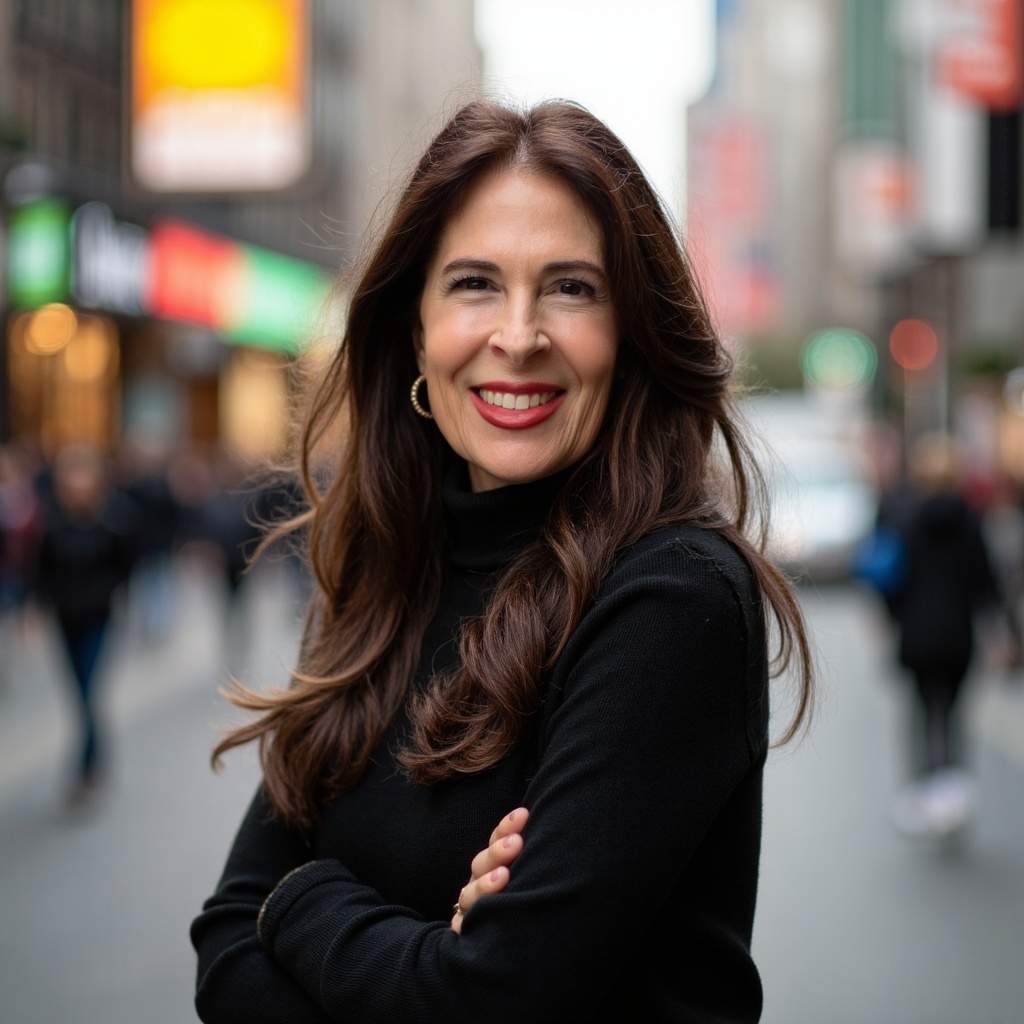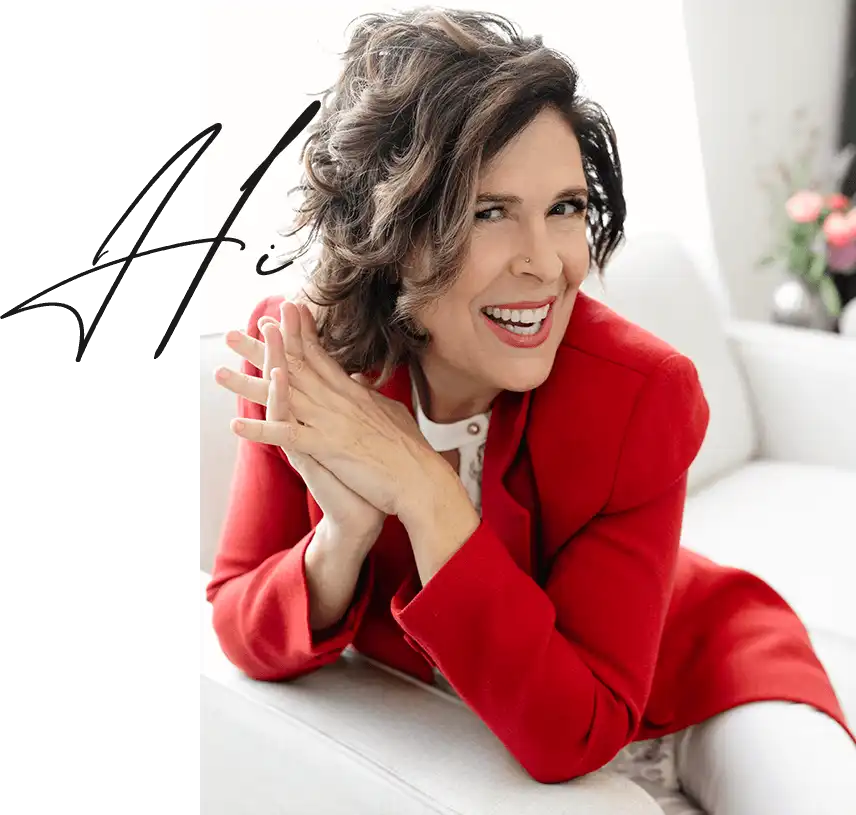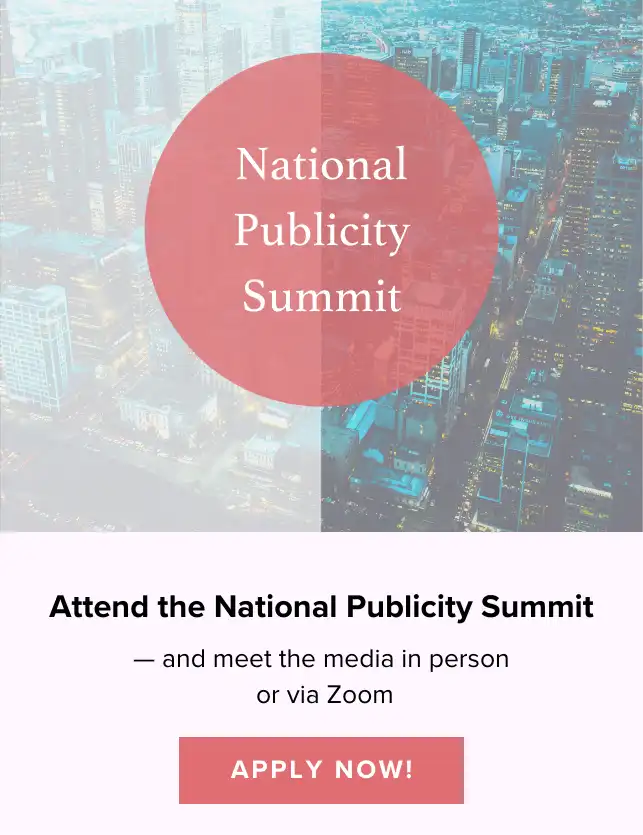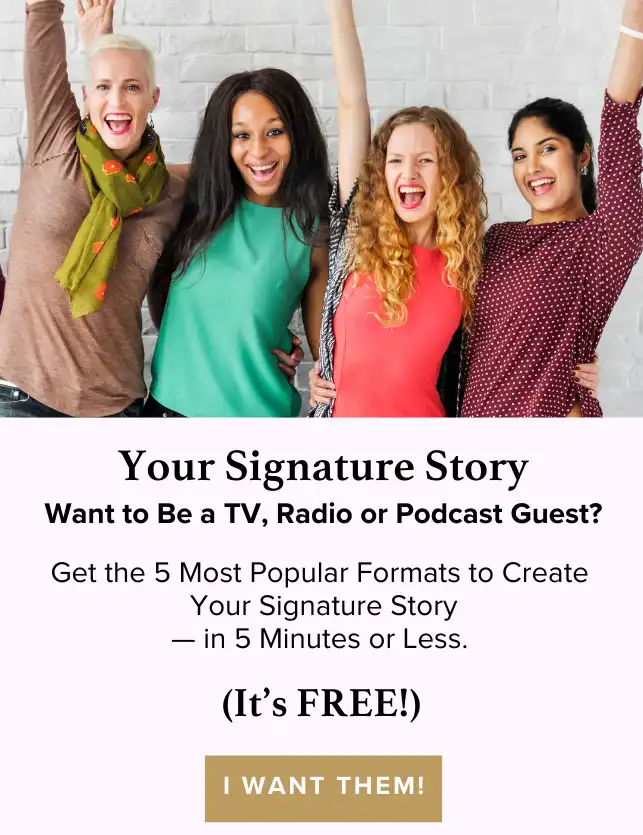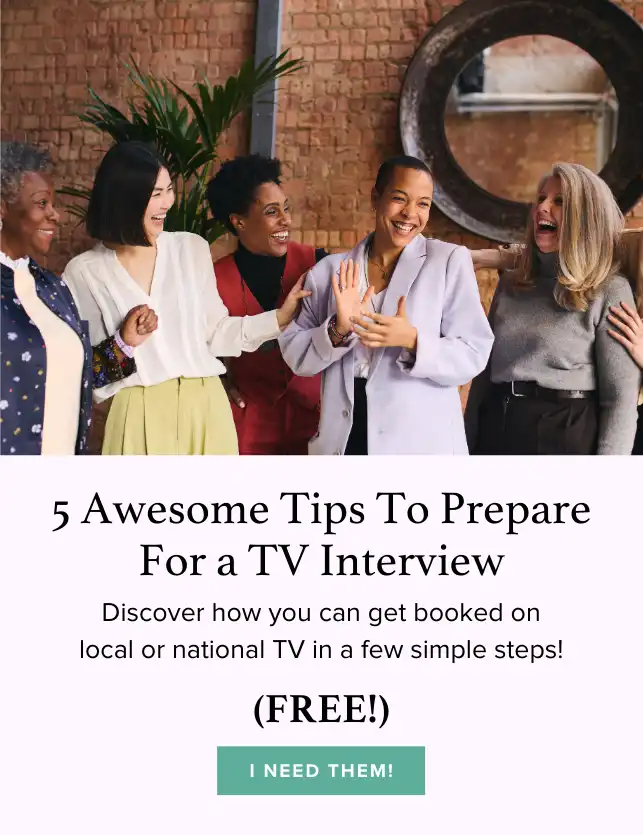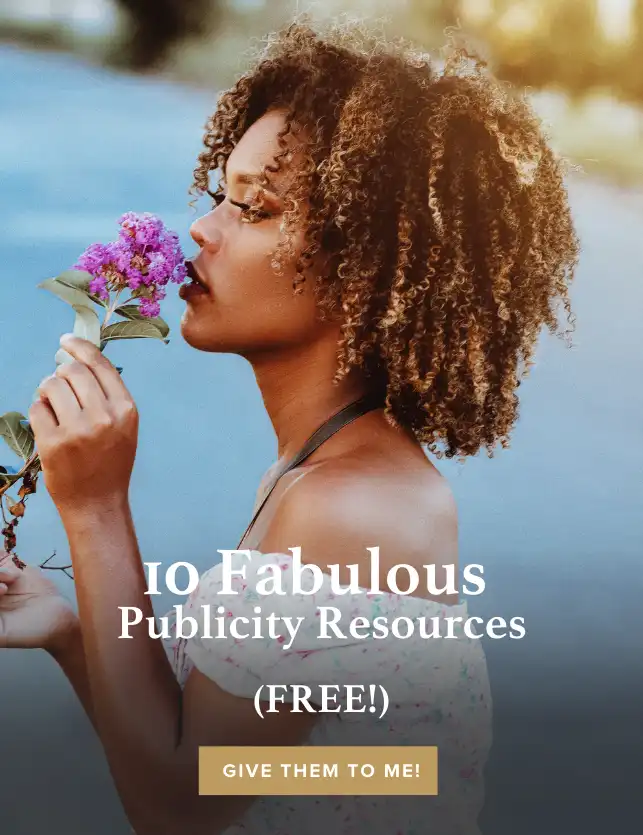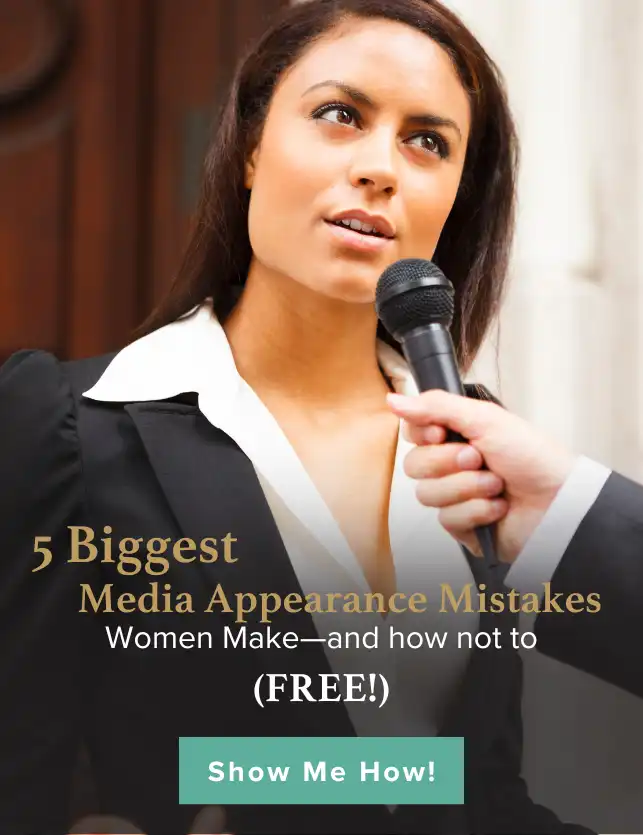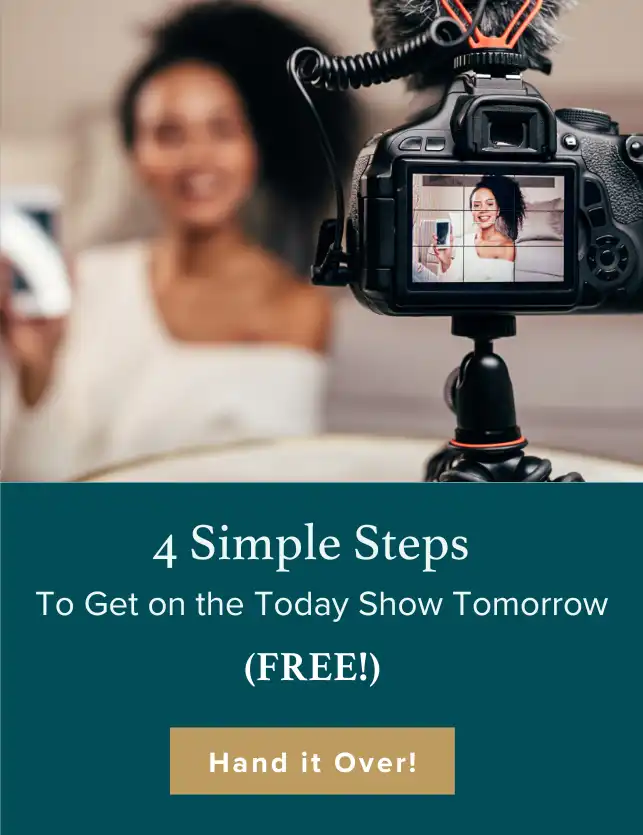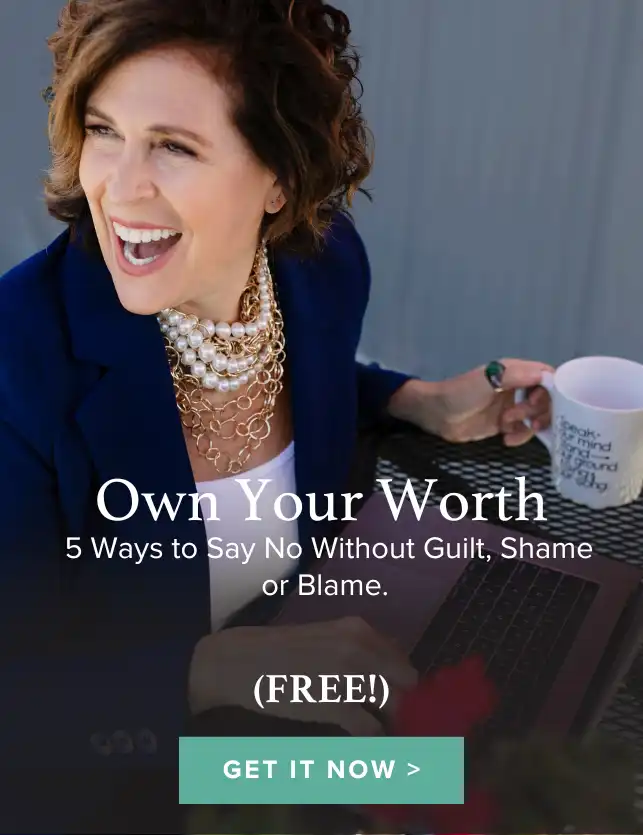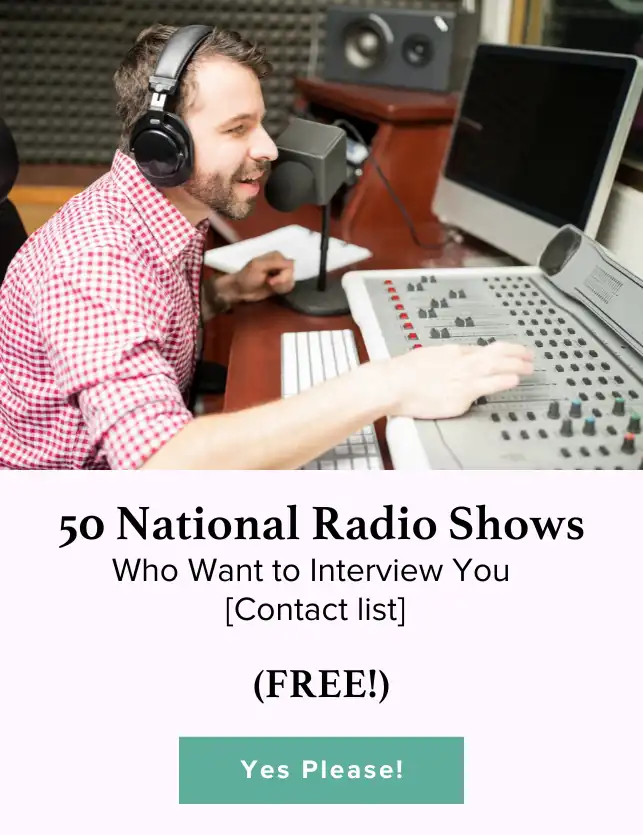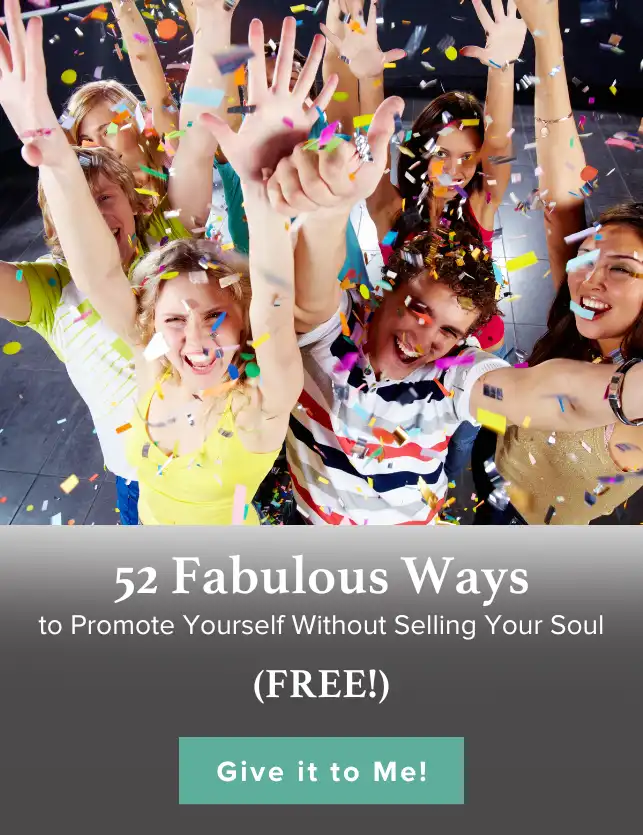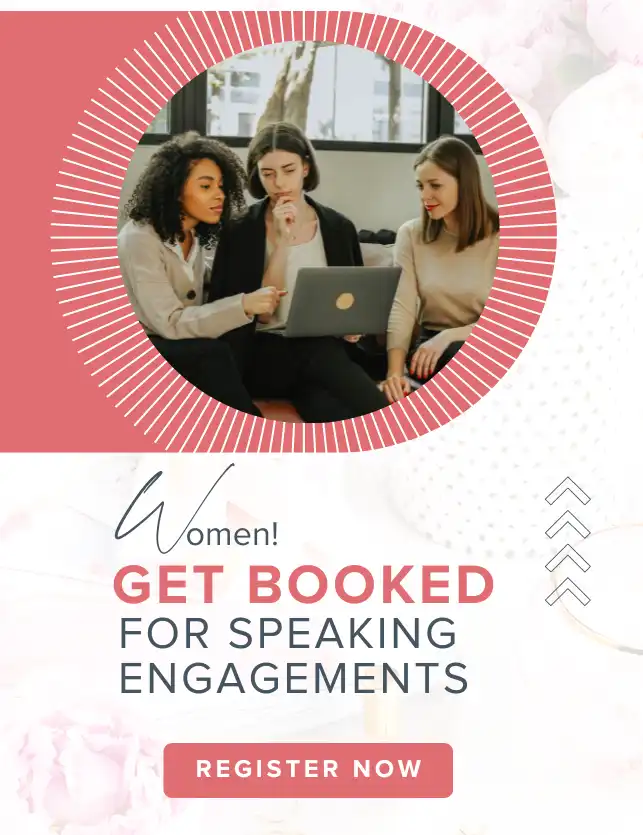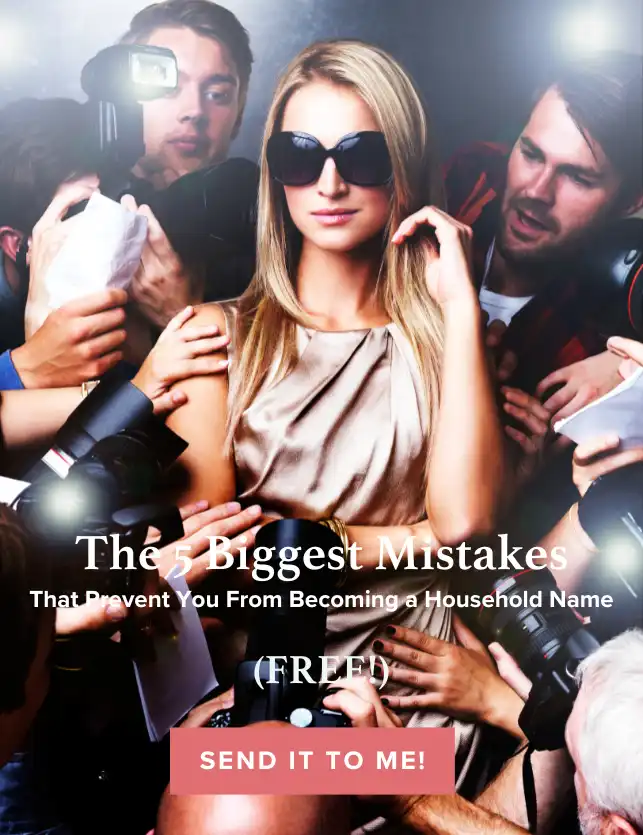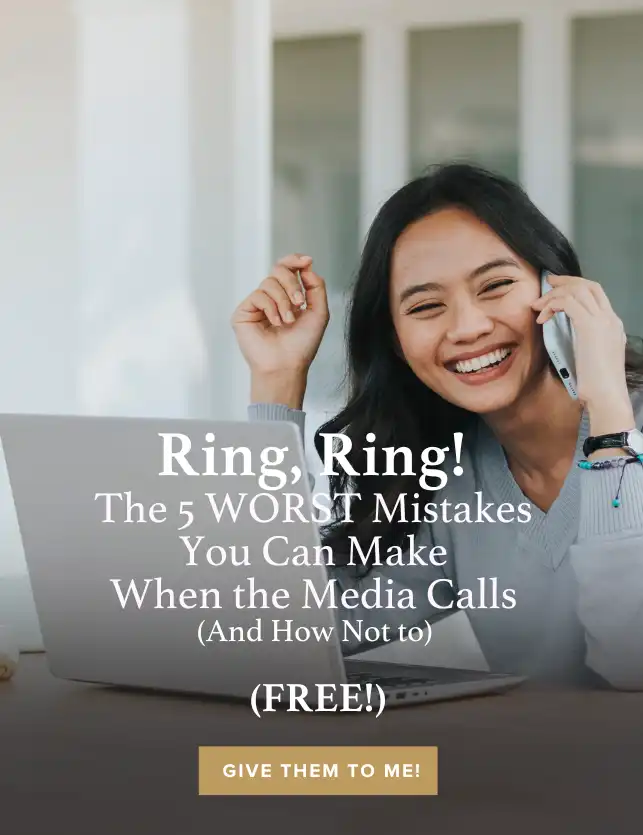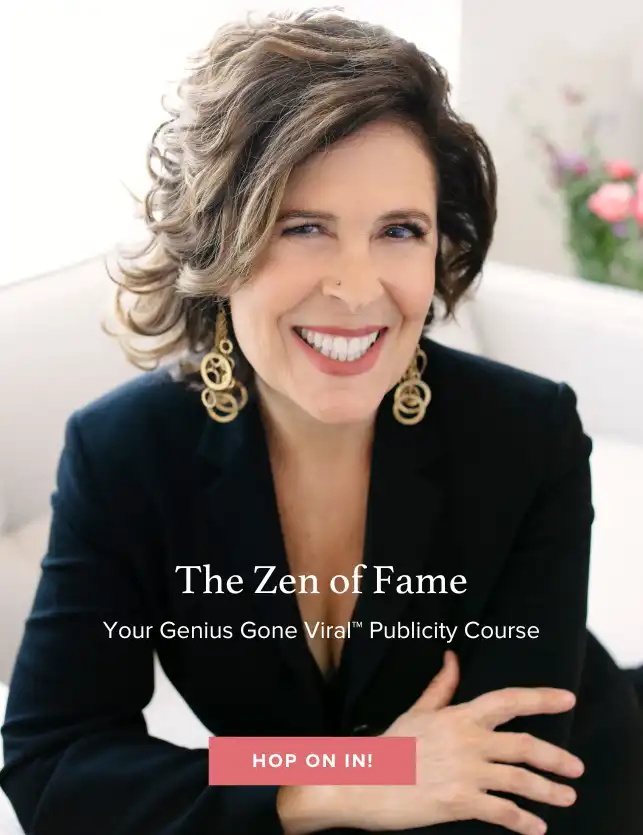The Best Public Speaking Strategies to Stay Calm
The Best Public Speaking Strategies to Stay Calm – Interview by Zayn Patel – Level Up Podcast
In this episode, Zayn Patel hosts Susan Harrow of Harrow Communications Inc. as they discuss how to improve your public speaking skills. Preparing business-minded individuals to emerge as leaders and entrepreneurs through education, training, advice, and experience, the Level Up Podcast is created by a group of like-minded Washington DECA students.
Zayn Patel: Hey DECA family My name is Zane Patel. Welcome to Level Up Podcast. Today I’m joined by Susan Harrow of Harrow Communications Inc.. And this episode, we’ll be giving you guys tips and tricks to better your public speaking competence, in both competition and the greater business world, virtually and onstage. Also sponsoring us today is Harrow Communications Inc. So, Susan, why don’t you go ahead and take it away, give us some background on not only you, but your business as well.
Susan Harrow: I’m a Media Trainer and Marketing Strategist and author of Sell Yourself Without Selling Your Soul published by HarperCollins. And what I focus on is working with CEOs and entrepreneurs, authors, speakers, on growing their business with publicity using sound bites, effectively, in any kind of media appearance. From anything like this a podcast all the way through TV, magazine interviews, so they can double or triple their business by using these sound bites, effectively saying the right thing to the right audience at the right time. So, you inspire them to engage with you, or shift an idea, whatever that might be for you.
Zayn Patel: Perfect, I love that. I love that. And so, just in terms of those sound bites, I know a lot of it really comes down to the public speaking aspect of it, right? So how are you getting those sound bites out? Whether it be through that podcast or through an event that you’re holding. Go ahead and dive a bit more into your experience specifically, did you ever struggle with public speaking or getting nervous before an event?
First Of All, Relax.
Susan Harrow: I still do, I still can’t. I didn’t even eat before this one. I’ve been doing this for like 30 years, and I still get nervous. But the point is to change that energy, to transform that energy of nervousness into excitement, and just to accept it, whether you’re sweating, whether you’re breathing. And there are a lot of techniques that you can do to calm down, not only in the moment, but practice. And one of the first things to practice is breathing. And I think a lot of people, now because of COVID, know a lot more about breathing. But the simplest one is box breathing, which is in, hold the breath for four, out, hold the breath for four. And when you start to do that, your autonomic nervous system begins to calm down.
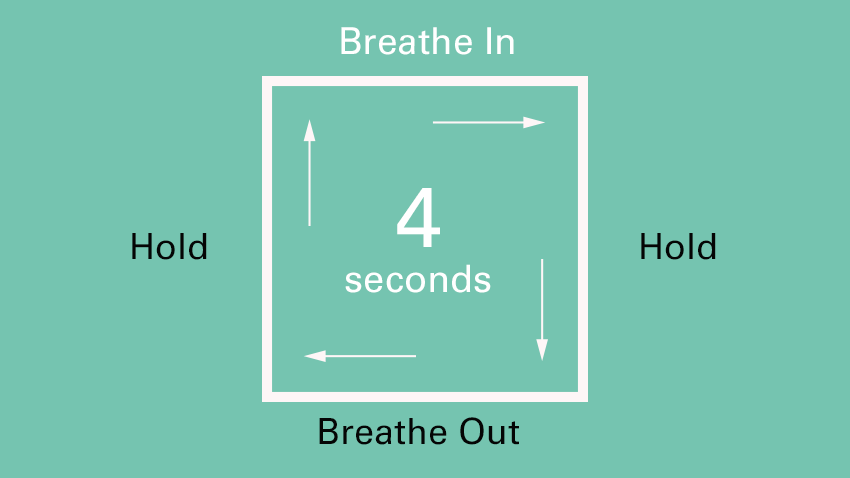
Susan Harrow: The other thing that I highly recommend is, and we can’t do this right here on Zoom, at least, I would, but is to shake all over. So, you’re shaking your head, you’re shaking your booty, you’re shaking your arms, just do that to get all the energy out. So breathing is once you’ve kind of calmed down, I like to shake first and get that all of everything else. So you’re stomping your feet, you’re wiggling all around, you can you know, do this in private, or do this within the green room, wherever you are. And then do the breath. But the breathing and the shaking are things that you can practice on your own every single day. Because that’s, that’s relaxing it they’re both relaxing. Once you start to be able to calm and still your mind, it’ll translate when the real time comes. Does that make sense?
Public Speaking Is Not About You.
Zayn Patel: Yeah, I use Box breathing all the time. And I actually go through and do meditations in the morning so I can get myself prepared for the day that way. There’s no nervousness moving forward. And I guess one of the key components of nervousness, at least one that I’ve experienced, is the fact that I’m always worried about the audience, right? So, am I speaking in a way they can listen? And then how are they going to perceive the words? Are they going to be listening to the entire thing? So, how would you understand your audience a bit more, what types of things you can say within public speaking certain words, or certain things that you can do either virtually by doing hand movements, or even when you’re in person potentially emphasizing certain words to continue to keep your audience engaged the entire time?
Susan Harrow: The first thing is mindset. It’s not about you. It’s about what you’re here to give your audience. So, let’s shift them right away. So instead of thinking about, oh, my God, what are people thinking about me? If you start to think about creating a connection, heart to heart – you can even put your hand on your heart automatically – you start to be able to connect with your audience. You’re thinking about, what am I here to give? And how can I best serve? What can I say that my audience needs to know, I always ask those two questions. What does my audience need to know now? And how can I help? The focus is on them and not me. And if I’m in a live audience, I’m observing, but you think that you know what people are thinking, but you don’t oftentimes, I mean, I’ve been in an audience where, you know, in some of my teachings in my workshops, where somebody will just have a blank face, and I’m like, Oh, they are so not with me. So, we’re starting to assume things about people that we can’t possibly know. And I remember them going around the circle. And the woman said, I’m here taking notes for my daughter. And I was thinking that she wasn’t engaged, right?
Public Speaking Through Virtual Connections.
We talked about what happens in zoom, or, you know, any kind of virtual setting. And then you were asking me about reading the audience. If you’re not relaxed, and you’re super nervous, you can’t read your audience. So, meditating every day and starting to relax, you start to be able to see how people are responding. I remember when I first got started, I would say things and I didn’t know where the funny parts were, or whatever. And people would laugh. And I’d have to make a mental note. Oh, they thought that was funny. That was some off the cuff thing I said or things that I thought were really important. People weren’t paying attention to. And in those early days, what I did is I did an evaluation after every single one. I asked them just a couple of questions, like, what did you find most valuable? What would you say to other people about the course or the whatever I shared that day? What would you change for next time, like what did you like, and then I kept refining? Because when we speak it’s always about refinement and iteration. Because we’re new at this. So, we need to see how it lands, see what’s important to people and get that kind of feedback. That feedback is really important.

Susan Harrow: What we want to do is – like right now, I’m looking at the Zoom dot, I’m not looking at you, because it appears that I’m looking directly at your eyes. I’d rather be looking at you so I could see your response. And I’m sacrificing, looking at the audience. So, I apologize for that to you, I will look at you in between, but it makes a better pull. And a better connection. If you keep your eyes focused 100% on the person, what you want to do to connect your audience and start to relax, and start to read your audience, is do that breathing and connecting, even before you walk onto the stage. You’ve already imagined that your feet are like roots going into the ground and connecting to all the people in the audience, that they’re your friends that they want to do well by you. And then the second thing is actually looking into people’s eyes, slowly. You might spend five seconds five to 10 seconds looking per person, what that does is that gets the energy going in the room. You don’t have to look at everybody you don’t want to scan, you want to pick a few people, the friendly faces, the smiling faces, the people who are giving you that feedback that you’re doing well, look at them. Keep the gaze and then move your gaze from person to person, and then that’ll start shifting the energy. So, that’s a practical thing, in person.
Zayn Patel: Yeah, and I know just double clicking on the idea of reading the audience, and really making sure that they understand what you’re thinking, or just, you know, receiving your message as well as possible, how would you describe the environment that you’re in, in terms of how it makes you feel? How it potentially affects your overall performance in an event? Do you take your environment and atmosphere and think about that a lot before you get on stage or in a virtual meeting?
Get Familiar with Your Stage.
Susan Harrow: Practice in the venue that you’re going to be in. If you’re going to be on a stage, you never want to be behind a podium, you want to be moving around to connect with the audience. That’s when things get to be live again, right? We want to be able to connect with everybody on the stage. When I was training one of my clients to give a talk at 1440, Multi University, we practiced how this was before. Obviously, we practiced about where she was going to stand to deliver each message. And one of the most important things about that is being able to – when you connect with the audience, like, there were things that she said that were funny that people really responded – to go with it. See if you can continue in that direction. And so, you asked me also, you asked me another question about like, oh, managing the medium. Was that question? Managing the media?
Zayn Patel: But also feeding off of that audience too. Right. So, if they are laughing at you, how do you continue to, I guess, potentially adjust it so you’re making more jokes? Or, if they’re not, do you cut them out? I guess how do you mitigate that within the presentation itself?

Prepare To Make Friends With Your Audience.
Susan Harrow: That’s where you’re fluid, so be prepared. So you can be free to be spontaneous. You have your set agenda, and then you leave some room so you can go off on these, these tangents where you might it might not even being saying another joke, it just might be receiving it and really just getting that good feeling going with the audience. And I really noticed that with her when she did that. It was like, Oh, well, they really and what they responded to of course was very specific stories, not generalities. But whenever we had these really specific stories or things that popped that you could really see feel touch, not intellectual things, really tangible things. Those are the kinds of things that people super responded to that we worked on really tightly. So in your presentation, you want to have those kinds of stories that people can touch, taste, see, feel. Right? Yeah. Because those are the ones that they really respond to and want the intellectual ideas.
Zayn Patel: That’s the relatability part of it, right? That’s how they can sort of begin to just gel with you a lot more. And now you don’t feel like you’re just a speaker. But now you’re, I guess, one of their acquaintances, or you’re somewhat of a friend now, right? Because now they get to just see things that they wouldn’t see before. I was actually listening to something last night on a webinar about the personality and bringing that out, and making sure that that is the focal point of everything that you do, because that’s what people buy into, right. So especially when it comes to public speaking and confidence and going to these big events and talking about either something in tech or business, it’s very, very, very difficult to sort of take these topics that are very technical, and are just overall, you know, productive to an audience and take those and sort of make them into a talk where you can still entertain, but educate and then excite people as well. And so I love that you mentioned the tangible items, because that just brings the entire experience to life.

Susan Harrow: And I love that you mentioned personality, because yes, it is your personality and your quirks and the way that you are that’s what we’re really entranced by it’s who you are. And by the way possible to make I was working with a an executive at a very large corporation. And his area was data, which is three hour presentations of that. I mean, if you can imagine, you know, and we were I we were tasked with, like how do we enliven that? So we started putting in stories, right? And I was like, Oh, my God, how do you hold somebody’s attention for three hours? It’s really long. And so we started finding out, like, you know, we took parts of his past, because he had a really unusual past, that people could relate to. And he had done a lot of positions in that company. So then that’s the way he could relate to each person in the audience. I’ve done your job. So we created stories around that.
And then we started, we said, what can we do? How can we very consciously interject humor, because people sitting for that long, you want to get that you want to get them jostled up with humor, because that sort of shifts your mind, and that opens your mind. So you want to say something that’s humorous, not necessarily a joke, but something that is, that is funny, and or mildly amusing. And then we were talking about, you know, like, even like taking things from history, or taking things from the news or taking things from what’s going on in the culture today, to make it like, super relevant for people. So you can, when you start to think about all these things, you can start to have a really lively talk by by pulling all of these different segments into your talk.
Zayn Patel: Yeah, and then that’s the soundbite process, right, where you can then transfer that and make it provide even more value to your audience, you know, after the conversation. So I guess, I like to think about presentations in three ways. And I’m very, very excited to hear hear your feedback on this or sort of what what your model is with, with your clients. But I go into all presentations that I do with with the three E’s that I mentioned before. So number one for me is to educate my audience. So what type of value am I providing? During this talk, this podcast? Anything that I’m doing? Right? What what are the value points? Second, is to entertain. So how am I keeping you engaged? What are we discussing?
That’s going to continue to keep you looking at me or keep you laughing? Or, you know, go to your friend and say, oh, yeah, he’s interesting, you should go ahead and take a look at his talk. And then the third thing is Excite. So that also taps into the word of mouth marketing part of it. But when you leave my talk, or when you leave the podcast, what are you thinking about? And then how do I continue to stay in your mind. So now, it’s just not a simple episode, or a simple talk or even a presentation that you’ve listened to. But it’s become this experience that is unforgettable. And now you have this drive to come and see me again. And that way, I’m increasing more of that retention right in my audience as well. So tapping into that, how do you define success for all of your clients before they go into your presentation? And then what type of model do you use as well?
The Three E’s: Educate, Entertain and Excite.
Susan Harrow: I love that you have your one – educate, entertain, and then excite. Those are great. Three E’s. Did you make those up yourself?
Zayn Patel: I did, yes.
Susan Harrow: Those are really wonderful because I think in today’s world, we do really need all three of those. And they’re not necessarily separate, but we want all three. And I think the key thing is to tell the kinds of stories that land, that people can repeat. Right? I’m trying to think of one this moment, because I’m like, well, how am I telling a story that they’re going to remember.
When we talk about sound bites or messaging, there’s all different types, and you want to have a range of them. One might be a story, a statistic, a fact, a vignette, a one-liner, and you want to have kind of a mix of those. So in the speech, you want to have some stories that are maybe a little longer depending on how long you got, right. And then you want to have those one-liners that you want people to remember, you know, so sometimes they don’t have to be your own.

Your Presence is the Sum of All Your Experiences.
Susan Harrow: They can be like, I have so many favorite sayings. My, my very favorite one, I have a couple of very, very favorite ones, but from Gandhi is, “My life is my message.” Because I think that everything you do, say, are and think, from your words to your website, how you treat other people, is the message that you’re giving that people buy from you on different levels. So that’s one of my favorite sayings. And that’s super easy to remember. And my other one is from the Dalai Lama, which is “Be kind whenever possible.” And then my caveat is, it is always possible. And my caveat to that is, but it is not easy. It is not easy. Because, you know, Charles Schulz said, “I love humanity, it’s people I hate.” And I think that can be extremely difficult, right? All of us are difficult people. I think that practicing that, that’s part of like a daily practice. And these are things that people pick up from you, from your presence.
Susan Harrow: So, when you said, like, what’s the most important thing, the most important thing is your presence, which is the sum of all of your experiences, but it’s also how you’ve internalized your values, how you show up how you treat other people, the respect you’re giving your audience and that they’re giving back to you. Because how you show up is the energy and the excitement, and whatever that is that you’re gonna get in return. I think I focused on those things, that that’s really important. And, you know, thinking about the stories, I did want to say one other thing about stories, because what I’ve heard a lot of speakers do is tell a funny story or something, or tell a story that does not relate to their topic or how they’re going to educate. You want to educate? Well, anything that you then tell, that you you’re going to entertain or excite, has to relate to what you are giving your audience. It can’t just be a random thing. I think that’s super important, because I think that people who just start speaking, it’s a little more random, and you want everything to be intentional to the bigger picture, what do I want the outcome of this to be?
Be Clear About Your Point.
Susan Harrow: Because if you are presenting to an investor, and you want the outcome to be, they give you money. What I noticed on DECA, when I was a judge for DECA, not one person asked me for the money. There were some great presentations about why they should get the money. I think it was $70,000 or something like that. Not one person actually said, I hear you, sounds like you’re really interested? Are you agreeing to $70,000?
So, when you are in front of investors, you have to ask, and for anyone, because I know it might seem obvious, they’re presenting to them for the money, but nobody asked me for it. Yeah, so, super important to state actually what you want. If you are talking about an investor, when they act like they’re on board, you can actually ask. “It looks like you’re excited about my idea. Are you on board? And if you are on board, are you are you saying that you will invest? You know, 100,000 million dollars, 10 million, in my business?” You know, it has to be that clear. And that seems obvious to people, but it’s also – sometimes in a talk, you need to be very specific about what you want the outcome to be, and what you want the point to be, to because sometimes people will miss it.

Zayn Patel: It’s the implicit parts. If you use Zoom, the other person, or the second party is going to understand. Whereas we’re in a situation where they don’t and then the message isn’t fully delivered. And so, you walk out and you’re thinking, okay, well, this isn’t the outcome that I wanted. But you didn’t actually go ahead and ask for that outcome. I love that you mentioned that you have to go ahead and actually ask for the seed funding, it’s not going to be given to you, right. It is a reward for the presentation, the work that you’ve done, and it’s not expected prior to walking into the room.
Ask for Feedback in Real Time.
Susan Harrow: Yeah, and it’s okay. I think, when you’re talking to an audience, you do want some of that feedback, the most effective presentations are interactive. So you want to create movement. And because movement combined with speaking, is going to land and be most memorable. So even any kind of movement, so you have two people doing something together, or that’s usually quickest when you’re giving a speech, because people are sitting next to each other. So, you have them interact, but you want to have a back and forth. This comes from preachers. And you know, it’s called the call and response.
You’ll see very experienced speaker saying, isn’t that right? And then the people go home and go, I can’t hear you. Is that right? And people will go, Yes, that’s right. So, you already start to get them in action with you. If you are in a presentation, like with an investor, you want to be asking some of those questions along the way. If that’s what kind of presentation it is, is this landing with you? Is this something you think can play in the marketplace?
Like, it’s okay to start getting those? We’re often afraid to ask those questions. And then we’re afraid to see the response in the audience too. But sometimes that’s the only way you’re going to know because it’s hard to read the audience, especially on Zoom. It’s super hard to read that.
Susan Harrow: So sometimes on Zoom, we’re going to do more hand movement. So, we’re saying like, are you agreeing with me? If you agree with me, go like this? People are in motion, right? Versus in person, we’re most likely going to get more verbal. If you’re with me, say yeah, you know, you get this, say, you want me to talk more about this? Yes. Okay, about that, I talked enough about that? You know, depending on how informal it is. But oftentimes, if it’s a less formal thing, I’ll say, you know, have you heard enough about that? Do you want me to go on to the next one? Are we ready to jump in? And then you start getting that that feedback.

Energize the Room.
Zayn Patel: And do you always practice this cultural response? What type of scenario? Would you do this? And so, is it better to practice in a more formal environment or potentially less formal? And how do you read the room or just understand the situation to ensure that when you do something on those islands, it’s not going to potentially turn the person off or upset them? Where they’re not going to want to give you that investment? Or their time or attention anymore?
Susan Harrow: Yeah, you start out with things that are really easy. Like you always see comedians go on the stage and say, How are we doing tonight? How is everybody? Fine? Fine. They already start to get that going. Hi, everybody, I’m so happy to be in your town. I love your town. Right? So, it’s some kind of response where you want people to begin to respond right away. And it’s simple at first, it may be just a simple yes or no. Am I right? You hear a lot of people say, am I right? Or, is this? So, do you agree? And people go Yeah, because that’s a very, very small investment. So you want to start with small investments first and start to build that investment in you. Sometimes you ask questions where you know you’re going to get a response. Does that answer your question?
Zayn Patel: Yeah. And I liked the fact that we’re starting with something simple, right? So, it’s not something too complex, just as simple as asking you how you are doing and then just attempting to understand. What is the response there, is it 100% response rate, is there 75%? And then, based on that, you can continue the good motion that you alluded to earlier. Then you can sort of adjust your talk a bit, or even include more of these questions throughout your presentation. You’re keeping them engaged, and you’re continuing to seek their attention so that way, they’re retaining more, they’re engaged more than the overall talk quality just continues to increase.
Let It Happen Naturally.
Susan Harrow: Yeah, and you listen for the response, like if you tell something sad, like sometimes we tell sad stories and people go, “Sad, right?” You don’t need another response from them, but you’re actually acknowledging that they’ve acknowledged you. And then you can do the same thing when people are laughing, “Ha, ha, crazy, right? You know are funny, right?” And sometimes that’s enough to keep something going. But it’s also just an acknowledgement of like, you hear me, I hear you. And some of those things, you know, a lot of that – when you relax – can happen naturally. I always make sure that there’s room for the natural stuff, but I plan on the kinds of responses that I think I want. Do they all land well, or are successful? No. So, you think, well, maybe that wasn’t the right question, or I didn’t ask it in the right way or wasn’t the right time? You know, so those are questions. I’m always asking myself and refining, and not beating myself up in the moment if it didn’t go, and enjoying the unexpected, because a lot of times, things just don’t go as you plan as planned.

Zayn Patel: Yeah. And that’s part of the of the chemistry, right, between the audience and the speaker. And that’s just something that develops over time. But I love that you mentioned not beating yourself up in the moment. How do you make sure that you don’t let your subconscious mind tear you apart? If you make a mistake, or, you say something that you’re not supposed to, or something doesn’t deliver the way that you had practiced or planned?
When Your Jokes Just Don’t Land.
Susan Harrow: So there’s a couple of ways to deal with that. One is self-deprecating remarks about what a big flop you’ve just made. Say you tell a story, you thought it was really great, you didn’t get a response, you can actually say, Wow, that really stunk. I thought that this was the right thing for you. You can handle it that way. But also, like, if you feel your tummy sank, and you just go, Oh, my God, like, and you start to think I’m failing, right? That’s when we take a breath. And you can even move to a different spot on the stage. Or if you’re like, here on a zoom, you can take a different position. So, if I was leaning forward, I would just sit back, I would take my breath. And I would recenter, what I call recenter. And sometimes that’s just you know, feet on the ground, lower my – what happens when we get nervous is it goes up. And your voice might even get a little squeaky. So, you take that breath, you let it sink all the way down to your tummy, you let it sink all the way down to the ground, it might seem like forever for you. But breathing is really your friend in every situation, particularly that and then you bring your focus back. You bring your focus back to what it is you want to say and convey to your audience.
Don’t Be Afraid to Switch Things Up.
And by the way, this happens all the time. I was just doing a webinar last week. Usually, I give webinars to consumers, to people like you who are going to buy my courses. This was a webinar about getting into O Magazine, but it was for PR professionals. And we had both looked over the slides, the host and I. And as I was presenting it, I could just tell I’m like, Oh my God, this material isn’t working! So, it’s just not, it’s for consumers. It’s not for PR professionals. And I thought, I have to do something on the spot, because I had that sinking feeling. And I’m like, I’m failing. And I’m failing in front of my peers. So, I was sort of devastated. And I thought, no, let me let me see what I can do.
Number one, I said, I’m going to skip a bunch of these slides, because I was tied to a slide presentation too, which is more complicated than just being on stage. So I said,” I’m gonna skip a number of these slides, because some of this is not going to pertain to you.” So I just zoomed ahead. And then I said, “I also have some other material that’s not in this webinar that I’m going to pull up as soon as we have a break that I want to run through for you that I know will be right for your group,” that I knew I had on my computer. So that is number two. And then number three, I said, “I want to start answering your questions, because I feel very comfortable “. Spontaneously, and the material wasn’t right for them. But I knew I could redeem myself into questions. And that’s that. So those things are all done on the spot.
Zayn Patel: That’s the self awareness part of it to you, right? Like understanding who you are understanding yourself, what your strengths are, what your weaknesses are, and then based on that, you can better respond to the situation. So, I think self-awareness, especially within the moment is also really, really huge. And you say this was on Zoom?
Susan Harrow: I could only see a few people, but I could feel it. And I just, I don’t know what I don’t, not sure what the signal was. There was, but I’m like, oh, no! And I thought the whole presentation is not right. So, what am I going to do with that, right? And how do I salvage the 100 people who are on the line and give them what they came to get? So, I’m just like, start putting your questions in there. Let’s start answering what you want to know. And that’s what I did. Yeah, so it was switching the whole format midstream. Sometimes you have to do that. And you might actually have to say, “You know what, I prepared this talk. I don’t think it’s what you need. And I’m going to start switching gears here. Are you with me?”
Check out our PR and Media Training Workshop to Jumpstart your Publicity
The Level Up Podcast was created by a group of business-minded Washington DECA students working to promote youth entrepreneurship and provide written event tips for DECA students. Find more here: The Level Up Podcast (buzzsprout.com)
More Speaker & Presentation Posts:
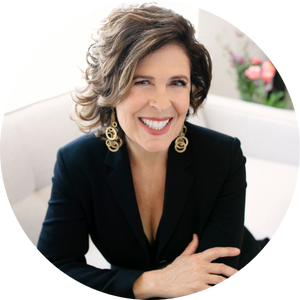
Like what you read? Share it!
Disclosure: Some of the above may be affiliate links that I will be compensated for at no cost to you. They are products or services I’ve either used, vetted or trust. Enjoy!
WE THOUGHT YOU’D ALSO LIKE THESE POSTS


